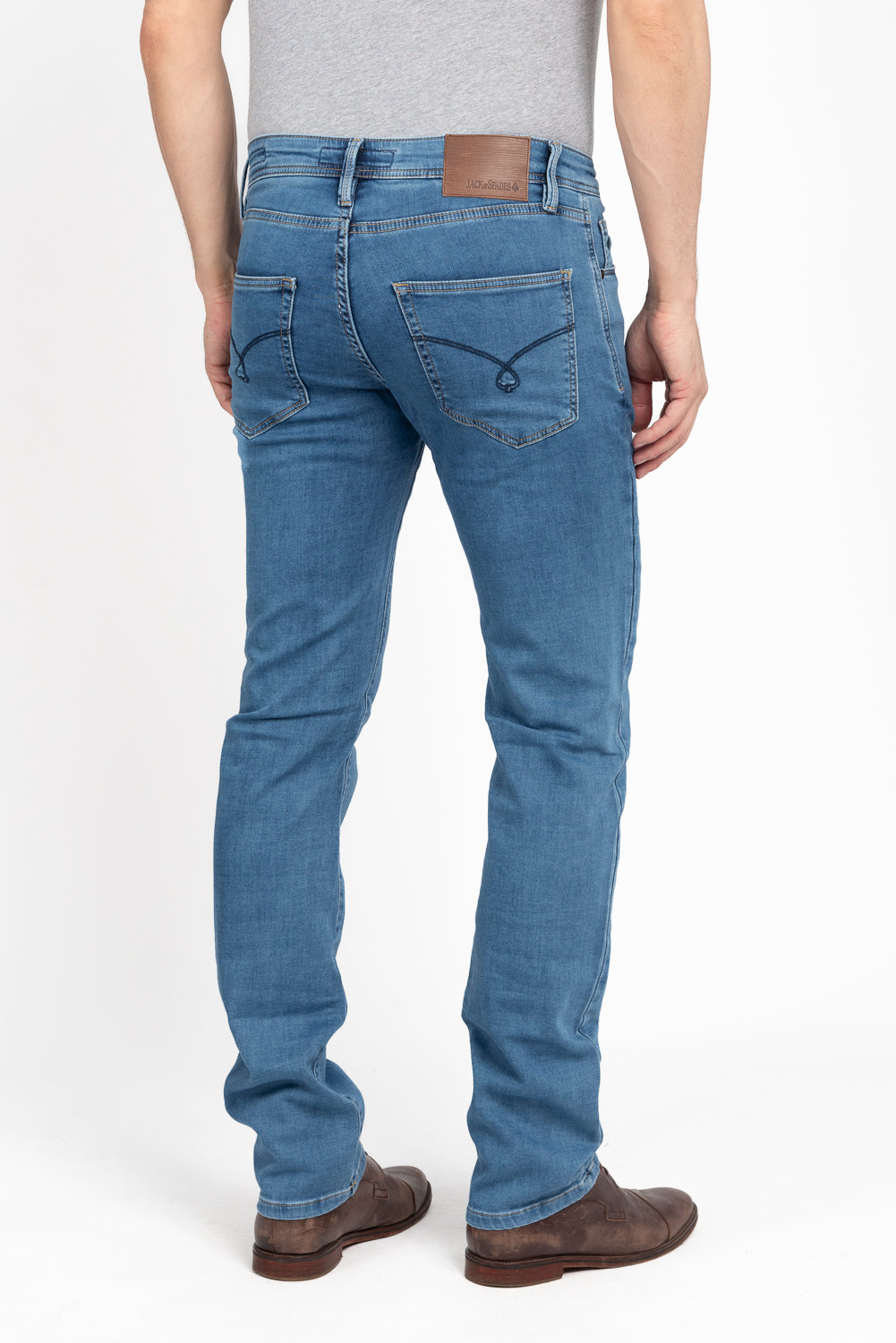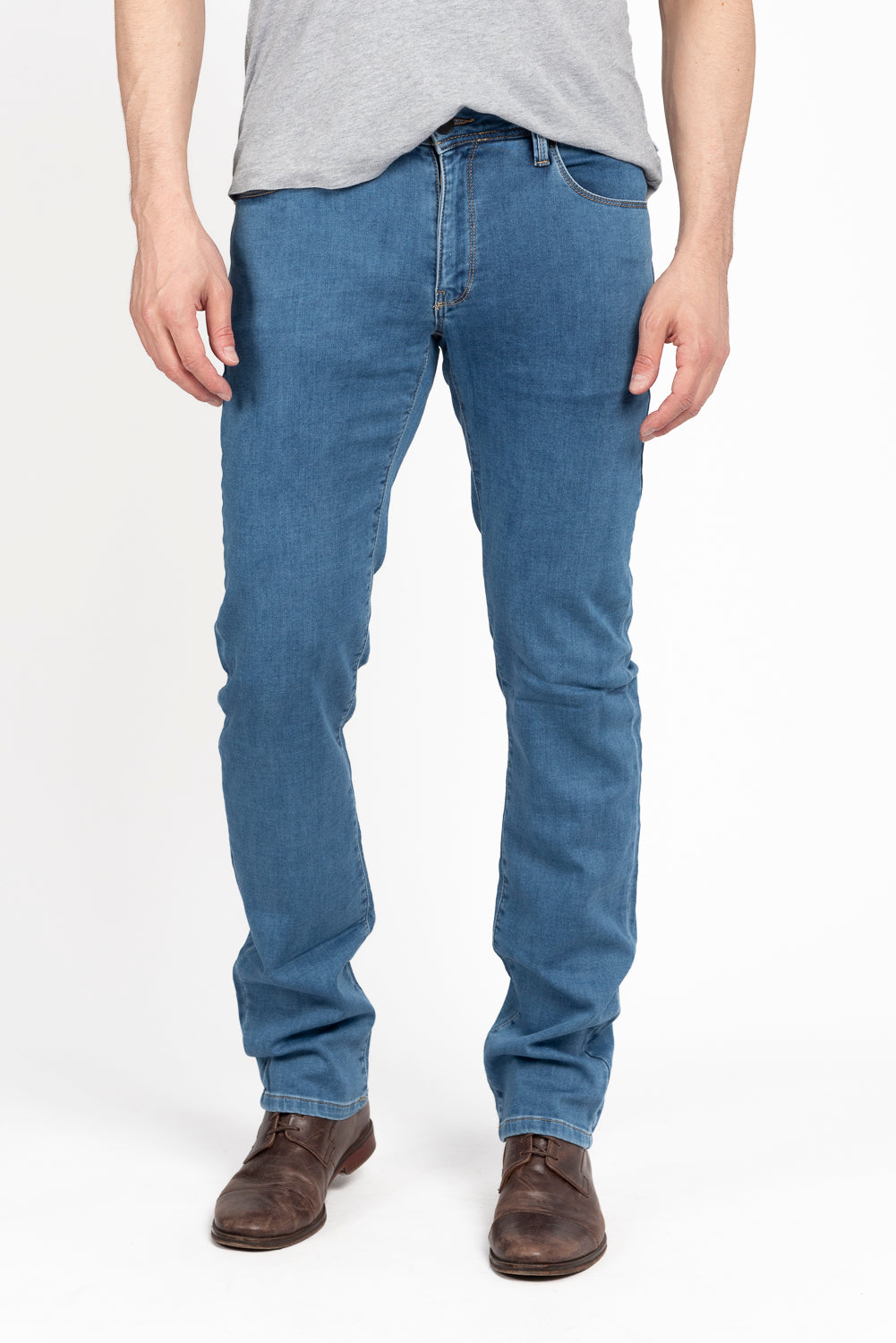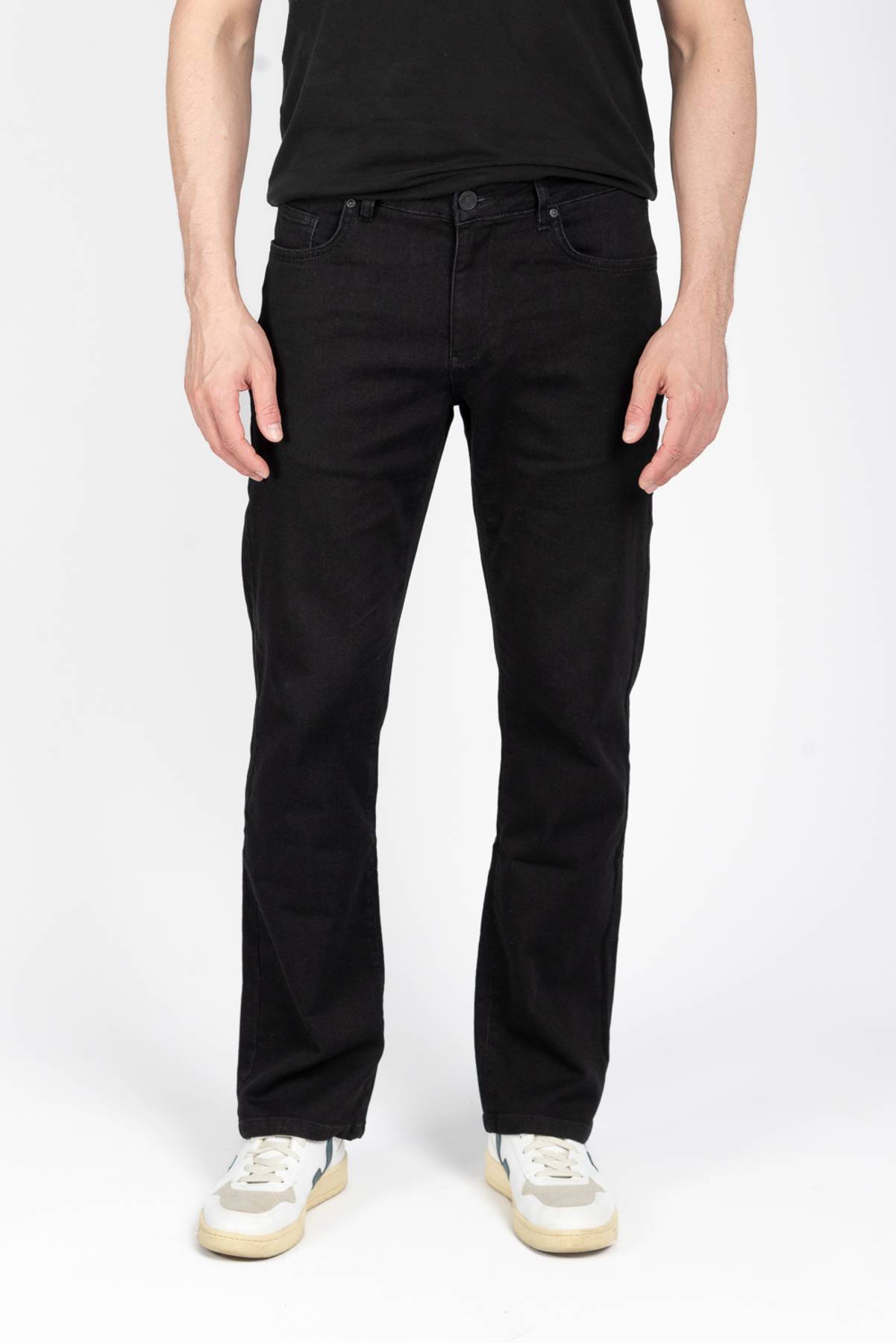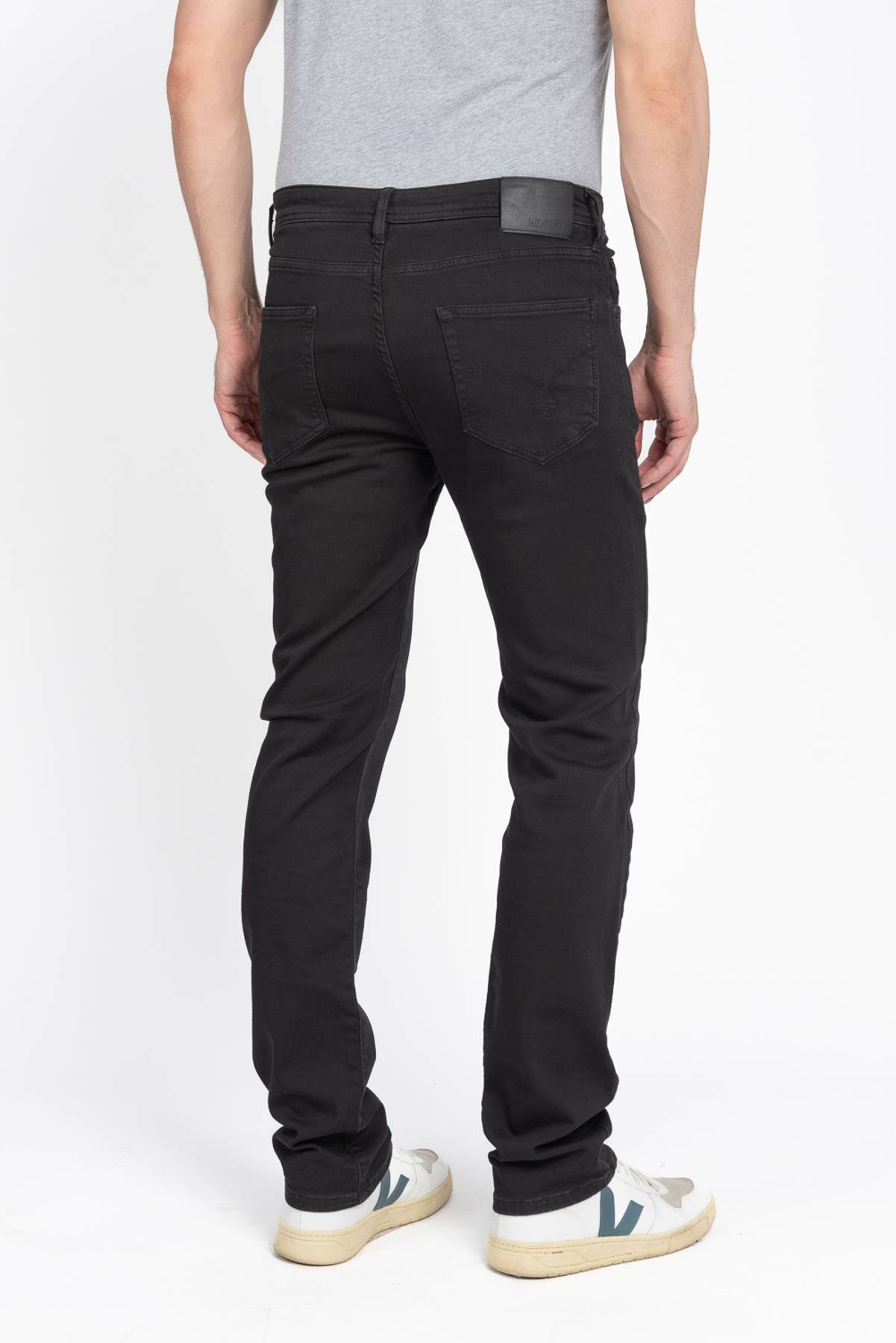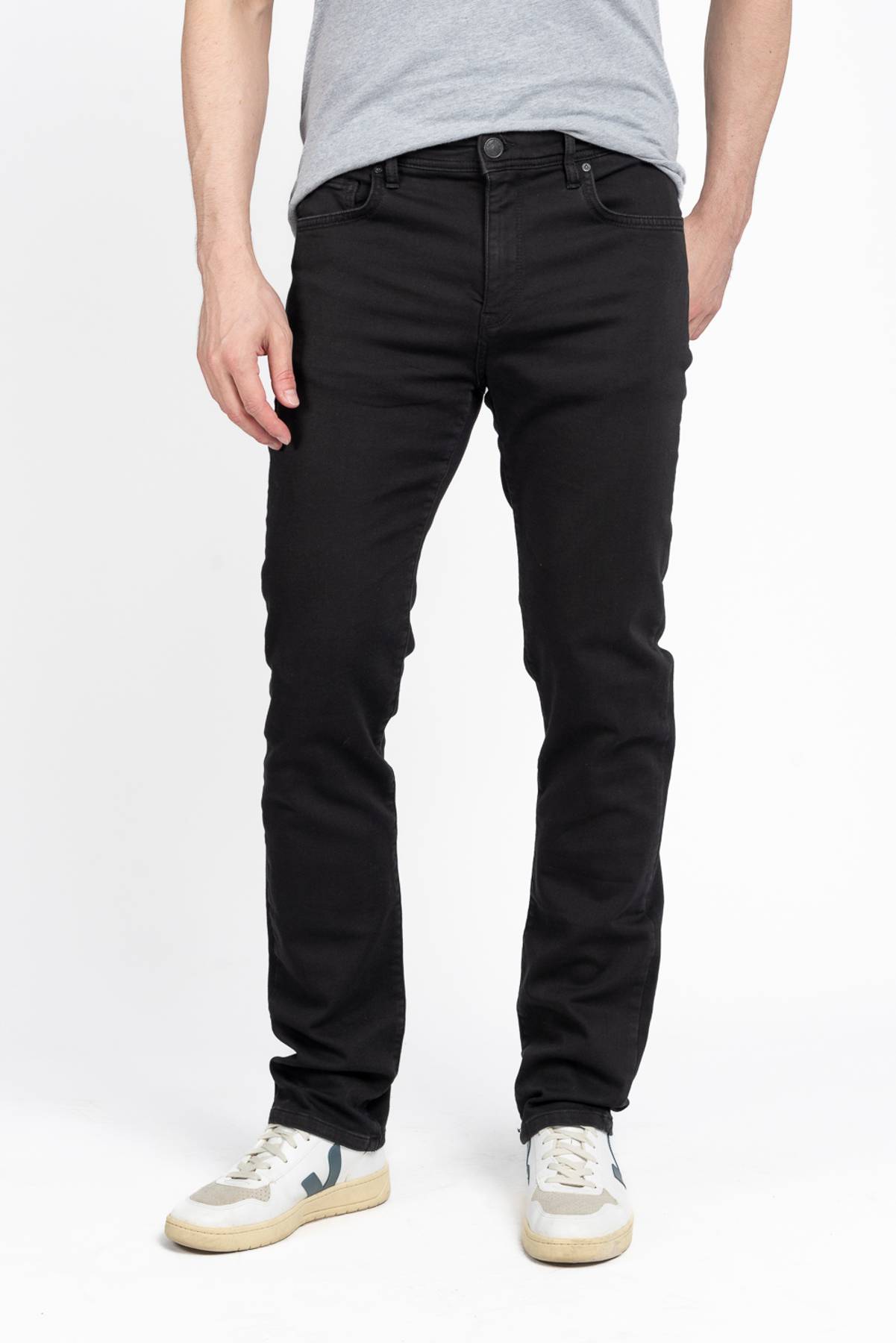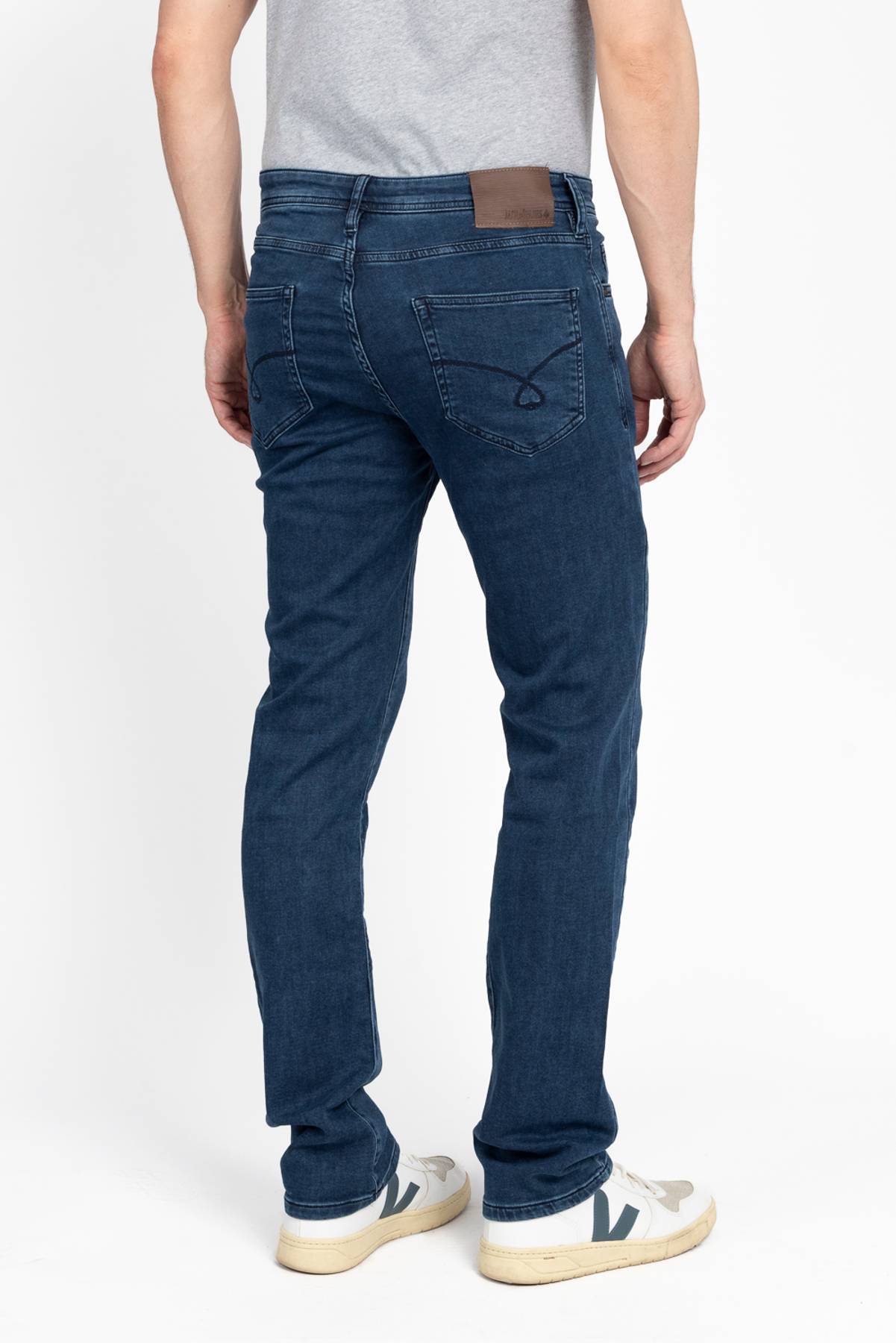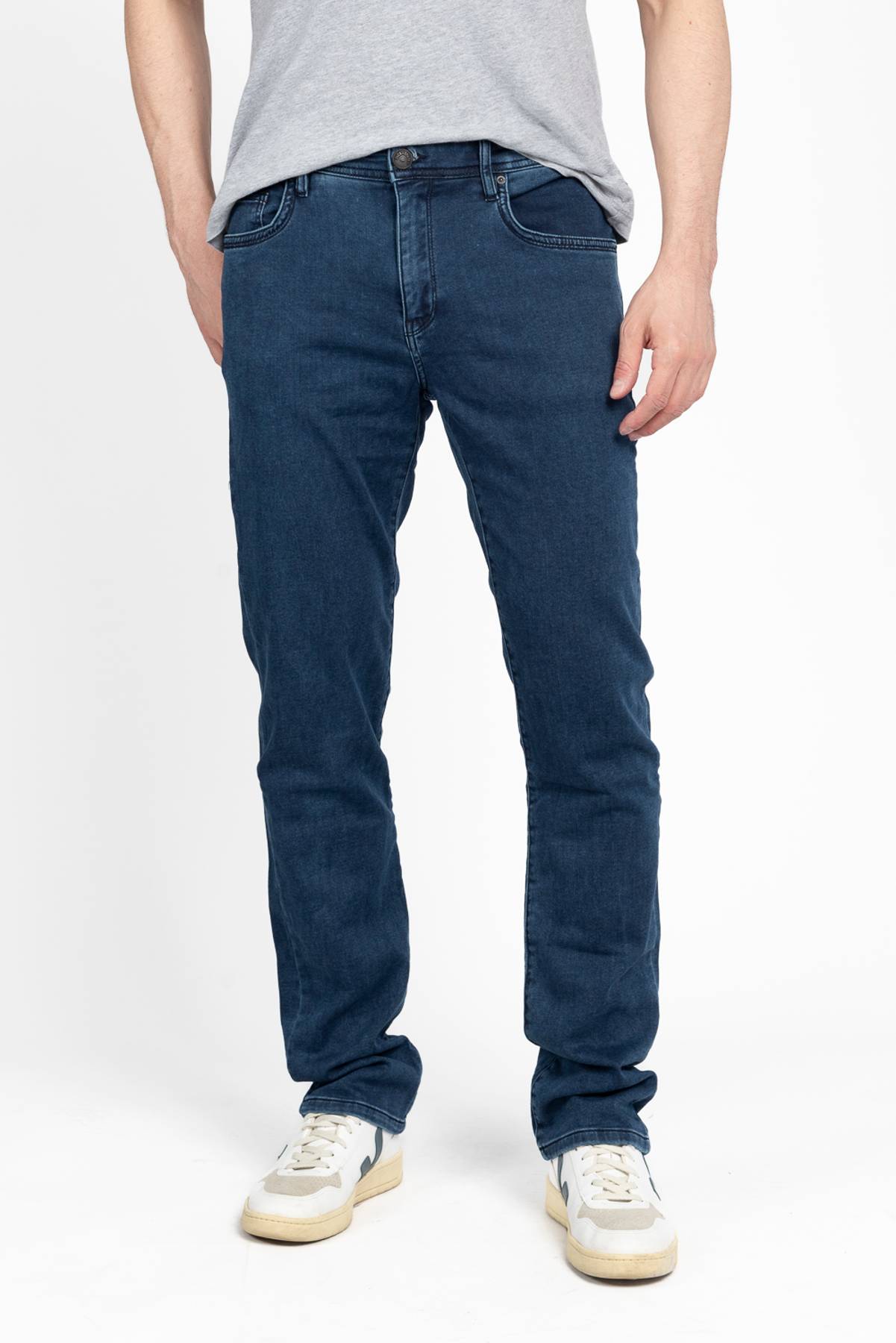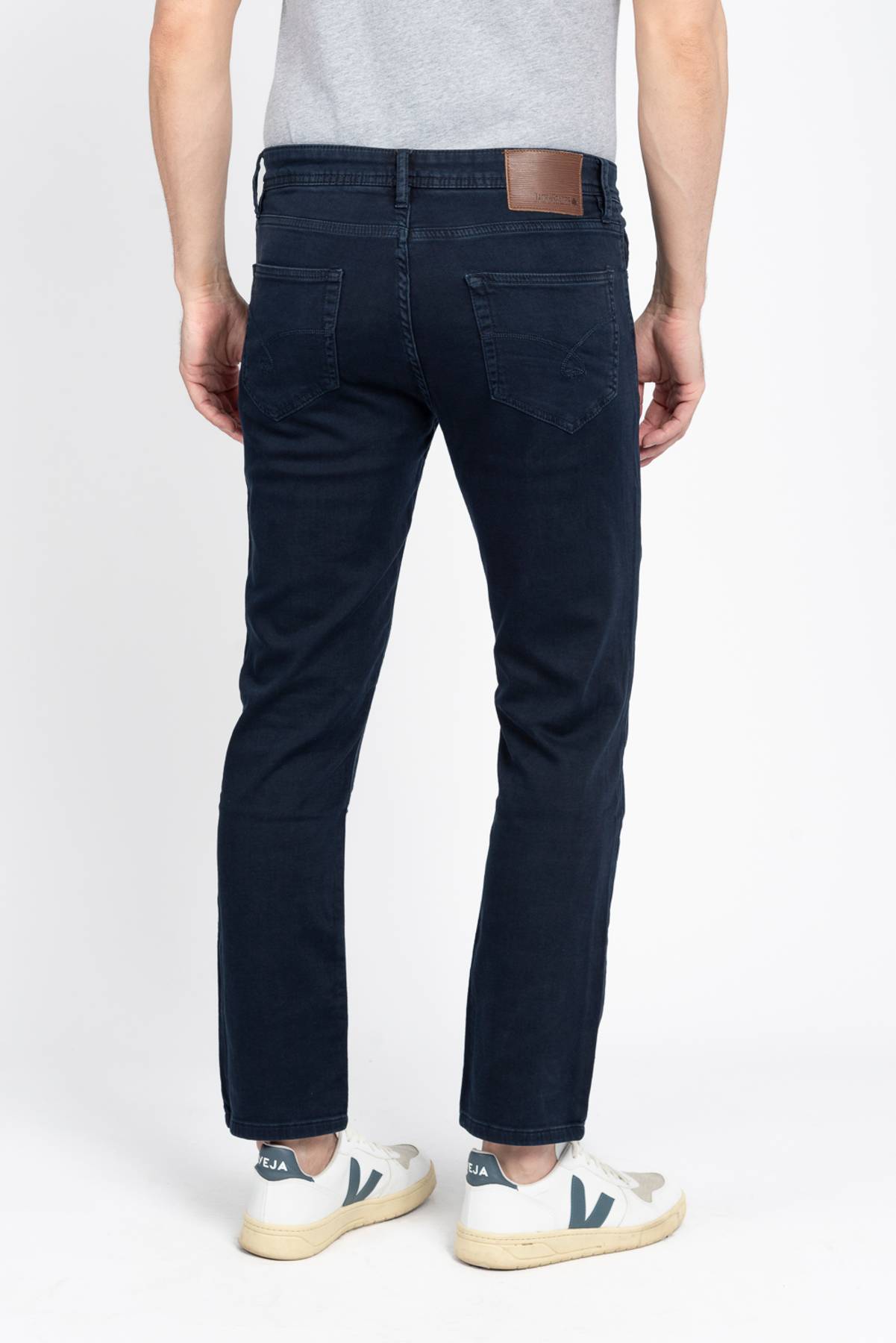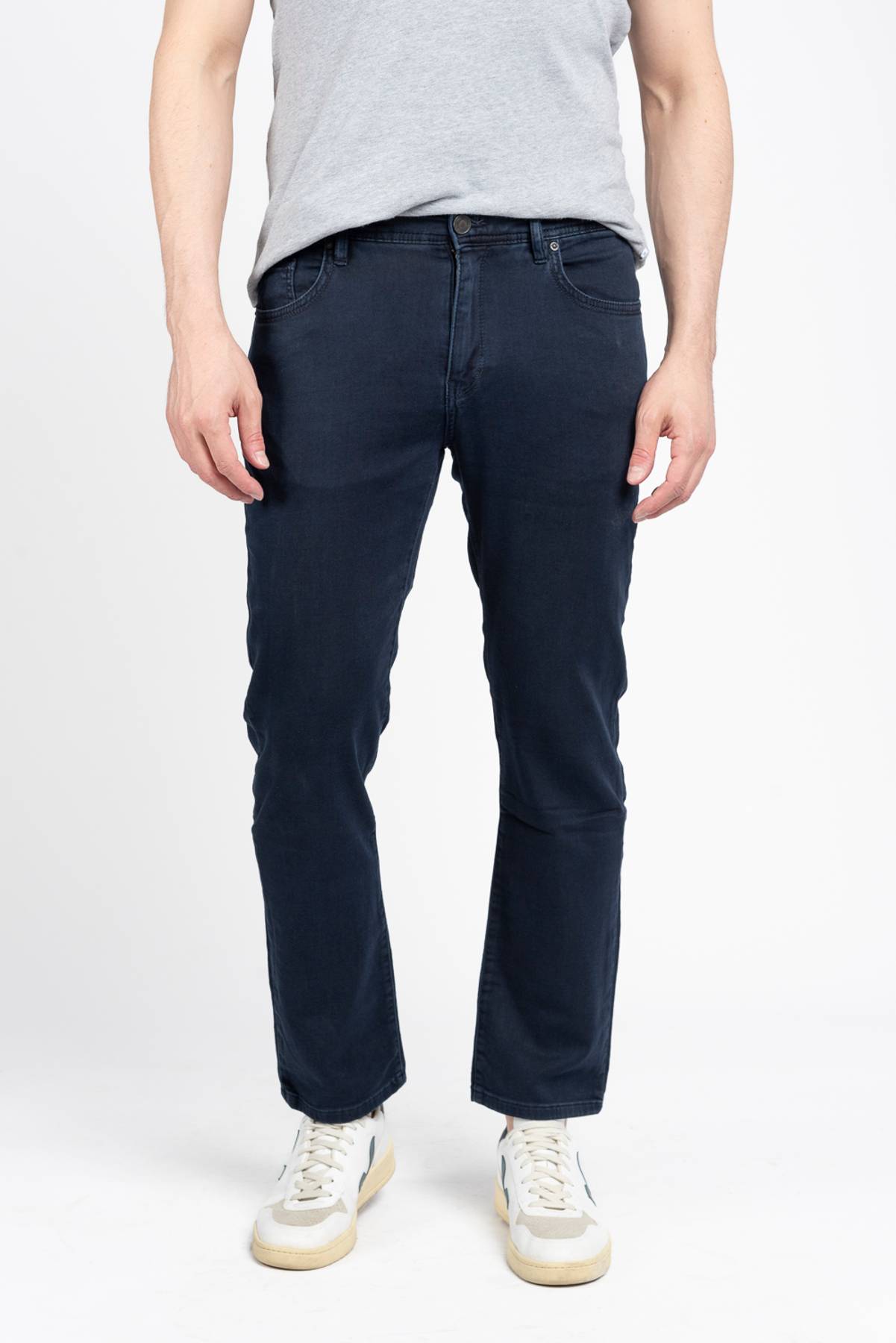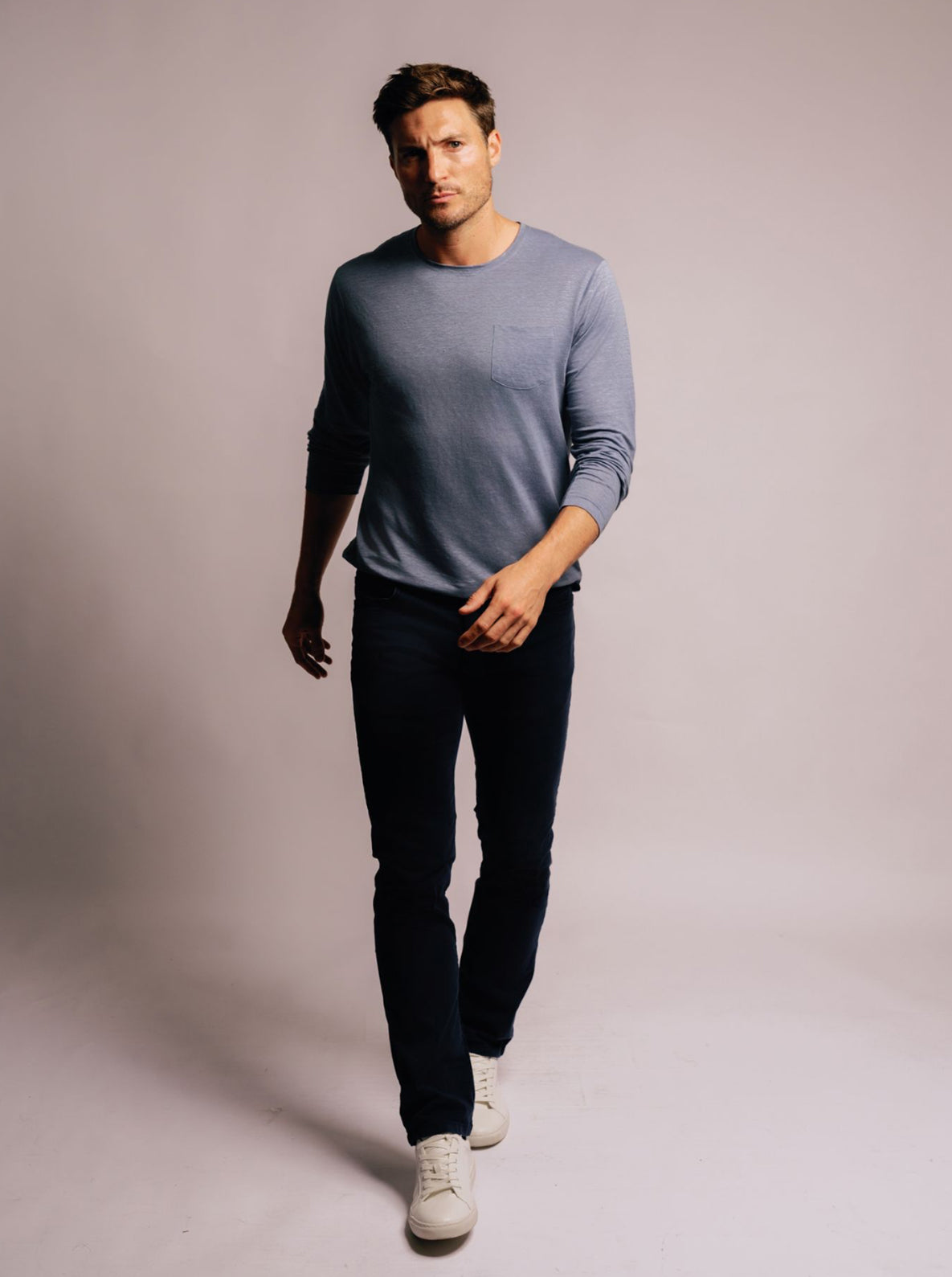Heritage clothes are having a moment, and it’s not hard to see why. These timeless pieces bring together history, craftsmanship, and personal style in a way that modern fashion sometimes misses. Whether it’s a family heirloom or a vintage find, wearing heritage clothes feels like carrying a bit of the past into the present. Plus, they’re versatile—mix them with everyday outfits, and suddenly, you’ve got a look that’s totally unique. Let’s dig into why these traditional pieces are making such a strong comeback.
Key Takeaways
- Heritage clothes combine tradition and modern fashion, making them timeless and stylish.
- These garments often carry cultural and personal stories, adding depth to your wardrobe.
- Mixing traditional attire with casual wear creates unique, everyday looks.
- Supporting heritage clothes helps sustain local artisans and ethical fashion.
- Preserving these pieces ensures future generations can appreciate their history.
The Revival of Heritage Clothes in Contemporary Wardrobes

Why Heritage Clothes Are Making a Comeback
Heritage clothing has found its way back into modern wardrobes, and it’s not just nostalgia driving this trend. People are actively seeking pieces that tell a story, offer authenticity, and connect them to something bigger than fleeting fashion trends. In a world dominated by fast fashion, heritage clothes stand out as timeless and meaningful.
Reasons behind their resurgence include:
- A desire for sustainability: Vintage and traditional pieces often have a longer lifespan than mass-produced alternatives.
- A shift toward individuality: Wearing heritage-inspired outfits allows people to stand out in a sea of sameness.
- Cultural pride: Many are embracing their roots and showcasing their heritage through what they wear.
Blending Vintage Styles with Modern Trends
Mixing old and new is where the magic happens. Designers today are taking inspiration from the past, blending traditional patterns and fabrics with contemporary cuts. For example, pairing a vintage kimono jacket with modern denim creates a look that feels both fresh and rooted in history. Similarly, a baroque-inspired blouse can be styled with sleek trousers for a balanced outfit.
A quick guide to blending styles:
- Start with one statement heritage piece, like an embroidered shawl or a traditional skirt.
- Pair it with neutral, modern basics to let the heritage item shine.
- Experiment with accessories to tie the look together.
Cultural Significance of Traditional Attire
Traditional clothing isn’t just fabric and thread; it’s a window into history, culture, and identity. Wearing these pieces can feel like stepping into the shoes of those who came before us. Whether it’s the intricate beadwork of Native American regalia or the opulent designs of 18th century rococo fashion, each piece carries a story.
Embracing traditional attire is more than a fashion choice—it’s a way of honoring the past while making it relevant in the present.
In a globalized world, these garments remind us of the beauty of diversity and the importance of preserving our cultural roots.
Craftsmanship and Stories Woven Into Heritage Clothes
The Artisans Behind the Designs
Heritage clothing isn't just about the garments; it's about the people who bring them to life. Artisans, often working in small communities, spend years mastering their craft. From intricate embroidery to hand-dyeing techniques, these skills are passed down through generations. Each stitch tells a story of dedication, culture, and pride.
Here are some techniques commonly used by artisans:
- Handloom weaving, which creates unique textures
- Block printing, known for its precision and charm
- Natural dyeing, using plants and minerals for vibrant, eco-friendly colors
These artisans often face challenges like limited resources and market access, but their work remains a testament to their resilience and creativity.
Symbolism in Traditional Patterns and Fabrics
Every pattern, motif, and fabric in heritage clothing has a meaning. For example, floral patterns might symbolize growth and renewal, while geometric shapes can represent harmony or spirituality. Some fabrics, like silk or wool, are reserved for special occasions due to their cultural significance.
A quick look at symbolic elements:
| Pattern/Material | Symbolism |
|---|---|
| Paisley | Life and eternity |
| Red fabric | Celebration and vitality |
| Gold thread | Luxury and prosperity |
Wearing these clothes is like wearing a piece of history, connecting the past to the present.
Sustainability Through Timeless Craftsmanship
Heritage clothes are inherently sustainable. The use of natural materials, combined with techniques that avoid mass production, makes them eco-friendly. Unlike fast fashion, these garments are designed to last for decades, if not longer.
Why heritage clothes are sustainable:
- They use biodegradable materials like cotton, wool, and silk.
- The production processes generate minimal waste.
- Investing in these pieces supports slow fashion, reducing the need for disposable clothing.
Choosing heritage clothing isn't just a style statement—it's a commitment to preserving the planet and honoring the people who make them.
Whether you're drawn to the artistry, the symbolism, or the sustainability, heritage clothes offer more than just something to wear. They carry stories, values, and traditions that deserve to be cherished and celebrated.
How Heritage Clothes Define Personal Style
Expressing Identity Through Traditional Attire
When you wear heritage clothes, you’re not just putting on fabric—you’re showcasing a piece of your identity. Every stitch, color, and pattern often carries a story tied to your roots. People use traditional attire to celebrate their culture, honor their ancestry, or simply feel connected to something bigger than themselves. Heritage clothes can be a way of saying, “This is who I am, and I’m proud of it.”
Mixing Heritage Pieces with Everyday Wear
Blending heritage clothes with modern outfits is becoming more common—and honestly, it’s a lot of fun. You could pair a traditional embroidered jacket with jeans or wear a vintage scarf with a plain T-shirt. Here are some ideas:
- Match traditional skirts or sarongs with casual sneakers.
- Add a bold heritage accessory, like a handcrafted belt, to a modern dress.
- Layer a classic shawl or dupatta over a contemporary outfit for a chic fusion look.
This approach keeps your style personal while making heritage pieces feel fresh and wearable every day.
The Role of Accessories in Enhancing Heritage Looks
Accessories can completely transform how heritage clothes are perceived. Think about it: a pair of modern earrings can update a traditional outfit, while antique jewelry can make it feel even more authentic. Here’s a quick breakdown of how accessories can work:
| Accessory Type | Effect on Outfit |
|---|---|
| Statement Jewelry | Adds a bold, cultural flair |
| Modern Footwear | Balances out traditional elements |
| Vintage Bags | Complements the heritage aesthetic |
Sometimes, it’s the little details—like a handcrafted brooch or a pair of embroidered shoes—that bring everything together. They can make even the simplest heritage piece feel like a masterpiece.
By thoughtfully combining accessories, traditional attire, and modern fashion, you can create a look that’s entirely your own. After all, personal style is all about telling your story in a way that feels authentic to you.
Global Influence of Heritage Clothes on Modern Fashion
Cross-Cultural Inspirations in Design
Heritage clothes have this way of speaking a universal language. Designers from all over borrow elements like embroidery, fabric patterns, or even the way traditional garments are structured. Think about how kimono-inspired jackets or Indian block prints have become staples in global fashion. It’s like a cultural exchange happening on the runway. This blending of styles doesn’t just make fashion more interesting—it also keeps traditions alive in a completely new way.
Runway Trends Rooted in Tradition
Runways today are full of nods to heritage. You’ll see collections where designers reinterpret traditional attire for a modern audience. For example, Italian designers might incorporate Sicilian lace, or a French brand might use Breton stripes, which have roots in maritime uniforms. It’s not just about looking good; it’s about telling a story through clothes. Fashion designers are key players in this, bridging the gap between old and new.
The Role of Heritage in High Fashion
High fashion has always had a thing for heritage. Luxury brands often dip into traditional techniques, like hand-weaving or natural dyeing, to add an exclusive touch to their pieces. Why? Because these methods are rare and carry a sense of history that mass production can’t replicate. It’s not just about selling clothes; it’s about selling a piece of culture. And that’s something people are willing to pay for.
Preserving Heritage Clothes for Future Generations
The Importance of Passing Down Traditional Attire
Passing down traditional clothing is more than just handing over garments; it’s about preserving a piece of culture and history. These clothes carry stories, values, and craftsmanship that connect generations. Families often treasure specific pieces that mark milestones, like weddings, festivals, or rites of passage. By sharing these garments, we keep traditions alive and ensure that younger generations understand their cultural roots.
- Share the history of each piece when passing it down.
- Encourage younger family members to wear traditional attire during cultural events.
- Document the origin and significance of garments to maintain their stories.
Techniques for Maintaining Vintage Fabrics
Keeping heritage clothes in good condition requires care and attention. Here are a few practical tips:
- Storage: Use breathable fabric bags or acid-free tissue paper to avoid damage.
- Cleaning: Always hand-wash or dry-clean delicate fabrics to prevent wear and tear.
- Repairs: Mend small tears or loose threads early to avoid further deterioration.
A simple table can help organize your care routine:
| Fabric Type | Cleaning Method | Storage Tips |
|---|---|---|
| Silk | Hand-wash gently | Wrap in acid-free tissue |
| Cotton | Machine-wash cold | Store in a cool, dry place |
| Wool | Dry-clean only | Use cedar-lined storage |
The Role of Museums and Archives in Preservation
Museums and archives play a big role in protecting traditional clothing. They don’t just showcase these garments; they also use advanced techniques to conserve them for the future. Many institutions collaborate with local communities to ensure the clothing’s stories are preserved alongside the fabrics. This way, it’s not just about the physical garment but also its cultural and emotional significance.
Museums are like time capsules, preserving the artistry and meaning behind heritage clothes for future generations to explore and learn from.
Grassroots efforts and government programs also contribute to this mission. Global efforts to preserve traditional clothing focus on safeguarding unique styles and techniques, ensuring they don’t fade away in a fast-fashion world.
The Economic and Social Impact of Heritage Clothes

Empowering Local Artisans and Communities
Heritage clothes are more than just garments—they're lifelines for artisans and their communities. When you purchase traditional attire, you’re directly supporting skilled craftspeople who rely on these sales for their livelihoods. It’s a chain reaction: your money helps these artisans continue their craft, which in turn keeps age-old techniques alive. This creates a positive ripple effect, boosting local economies and preserving cultural identities.
- Provides steady income for artisans.
- Encourages younger generations to learn traditional skills.
- Strengthens community ties through shared cultural projects.
The Rise of Ethical Fashion Movements
In recent years, heritage clothes have become a cornerstone of the ethical fashion movement. People are moving away from fast fashion’s harmful practices and turning to sustainable, handcrafted options. Traditional clothes often use natural materials and eco-friendly processes, making them a greener choice.
| Aspect | Fast Fashion | Heritage Clothing |
|---|---|---|
| Production Speed | High, often rushed | Slow, handcrafted |
| Environmental Impact | High waste, pollution | Minimal, sustainable |
| Worker Conditions | Often poor | Supports fair wages |
How Heritage Clothes Promote Cultural Exchange
Traditional attire has a unique way of sparking conversations and building bridges between cultures. When you wear or admire heritage clothing from another culture, it’s like opening a door to understanding their history and values. This exchange goes both ways, encouraging mutual respect and appreciation.
- Showcases the beauty of global diversity.
- Encourages dialogue about cultural histories.
- Inspires modern designers to incorporate global influences.
Heritage clothes aren’t just about fashion—they’re a way to connect, share, and celebrate the stories of people from all over the world.
Adapting Heritage Clothes for Everyday Wear
Modern Cuts and Fits for Traditional Fabrics
Heritage clothes often come with rich textures and intricate patterns, but let’s face it—sometimes, they don’t feel practical for everyday life. Enter modern tailoring. By reimagining traditional fabrics into contemporary silhouettes, designers are bridging the gap between old and new. For instance, a flowing sari fabric can be transformed into a sleek midi dress, or a heavily embroidered kurta can become a tailored jacket that works as office wear.
Here’s what to keep in mind when looking for modern cuts:
- Comfort is key: Look for breathable fabrics and looser fits that work for day-to-day wear.
- Versatility: Pieces like tunics or wrap skirts made from heritage textiles can be dressed up or down.
- Durability: Traditional fabrics often last longer, but ensure they’re stitched with modern use in mind.
Incorporating Heritage Elements into Casual Outfits
You don’t have to go all-in on a traditional look to appreciate heritage clothing. Mixing small elements into your wardrobe can make a big impact. Think along the lines of pairing a handwoven scarf with your favorite jeans or wearing embroidered sandals with a simple sundress. Even a heritage-inspired belt can add a touch of personality to an otherwise plain outfit.
Some easy ways to blend heritage into your daily style:
- Swap out your usual tote for a hand-embroidered bag.
- Layer a lightweight, traditional shawl over a plain T-shirt.
- Use statement jewelry, like beaded necklaces or cuff bracelets, to tie in cultural vibes.
Seasonal Trends Inspired by Heritage Styles
Heritage clothes aren’t just for special occasions—they can be perfect for seasonal wardrobes, too. In winter, heavier fabrics like wool or handwoven cottons can keep you warm while adding texture to your outfits. For summer, lighter materials like linen or silk can help you stay cool while looking stylish.
Here’s a quick seasonal breakdown:
| Season | Heritage-Inspired Pieces | Why They Work |
|---|---|---|
| Winter | Wool shawls, quilted jackets | Warmth and timeless style |
| Spring | Floral-embroidered blouses | Fresh, vibrant patterns |
| Summer | Lightweight kaftans, silk scarves | Breathable and chic |
| Fall | Earth-toned skirts, handwoven bags | Cozy and versatile |
Heritage clothes don’t have to stay locked in your closet for special events. With a bit of creativity, they can become part of your everyday wardrobe, adding both style and meaning to what you wear.
Wrapping It Up
Heritage clothes remind us of where we come from, and honestly, they just feel special. In a world where trends change faster than the weather, there's something comforting about wearing pieces that have a story. They connect us to our roots and give us a chance to carry a bit of history into the future. Sure, modern fashion is fun and exciting, but blending it with tradition? That’s where the magic happens. So, next time you’re picking out an outfit, maybe think about adding a touch of the past. It’s not just about looking good—it’s about feeling connected to something bigger.
Frequently Asked Questions
What are heritage clothes?
Heritage clothes are traditional outfits that reflect the culture and history of a specific place or community. They often feature unique patterns, fabrics, and designs passed down through generations.
Why are heritage clothes becoming popular again?
People are rediscovering the beauty and meaning behind traditional clothes. They love the mix of old styles with modern fashion and the stories these pieces tell.
Can I wear heritage clothes in everyday life?
Yes, you can! Many people blend heritage pieces with their regular outfits to create unique looks. You can pair them with modern clothes for a fresh style.
How do heritage clothes support local communities?
Buying heritage clothes helps local artisans and craftspeople who make them. It also keeps traditional skills alive and supports small businesses.
What makes heritage clothes sustainable?
Heritage clothes are often handmade using natural materials. They last a long time and don’t follow fast-fashion trends, making them kinder to the planet.
How can I take care of my heritage clothes?
To keep heritage clothes in good condition, store them in a cool, dry place. Avoid harsh washing and use gentle cleaning methods to protect the fabric and designs.

